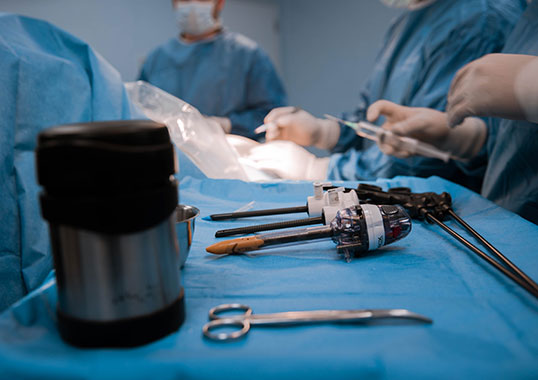What is the Gallbladder?
The gallbladder is a small pear-shaped organ that sits on the right side our body under the liver and connects on one end to liver, and the other to the small intestine. It serves as a storage unit for bile, yellowish-brown liquid that helps with food digestion.
Who is at high risk of developing gallstones?
- Family history of gallstones (hereditary factor)
- Obesity
- Gender: Female twice the risk than man
- Non-alcoholic fatty liver disease (obese patient)
- High level of Cholesterol and-or triglyceride
- Post bariatric surgery patients


Relationship of gallbladder stones and bariatric surgery?
Secondary to weight reduction and new feeding adjustments, an in the probability of gallbladder stone formation within the first 2 years after surgery has been found.
Society of American Gastrointestinal and Endoscopic Surgeon (SAGES) report the rate of gallstone formation one year after bariatric procedure:
- Gastric bypass 52.8%
- Gastric sleeve 47.9%
What happens during gallbladder removal surgery?
The surgery can be performed as a single procedure or as an additional procedure to the bariatric surgery of choice.
It takes additional 20 to 50 min to perform the gallbladder removal depending on the condition of the gallbladder. The recovery time for bariatric patient who choose to have the gallbladder removed at the time of their weight lose surgery is no different from other patients.
Make an Appointment


